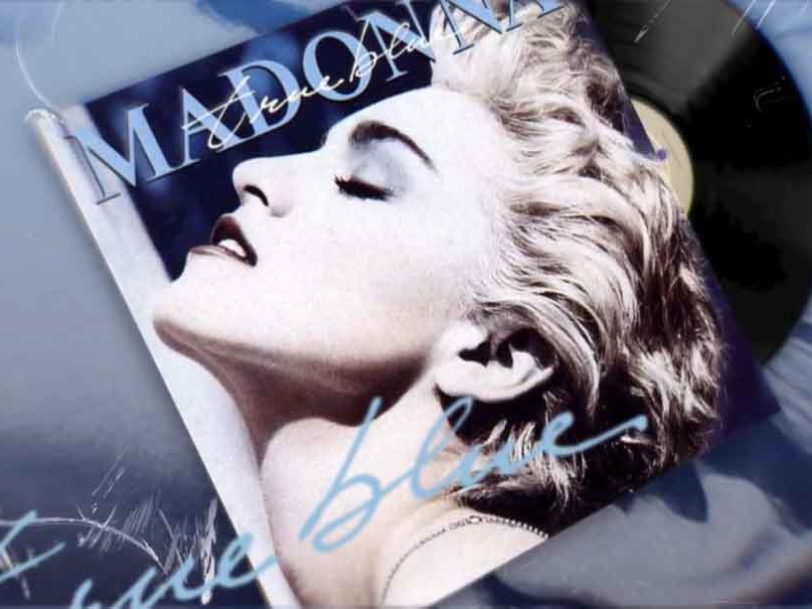That True Blue would become the world’s biggest-selling album of 1986 – and Madonna’s biggest global hit – perhaps had an air of inevitability about it. The first signs of her canny ability to stay just one step ahead of her audience were sown with the leftfield turn of the previous year’s accomplished ballad Crazy For You, while the dizzying pace of her film work, touring and recording output would put even the most hardened of veterans to shame.
Listen to ‘True Blue’ here.
World-class pop standards
In many ways, Madonna was a veteran at this point. Though her big breakthrough had only really taken place just 18 months earlier, with the Like A Virgin single, she’d been sweating the clubs and learning the business since signing to Sire Records in 1982, and had years of gigging experience before then. At its first Hollywood playback to label executives, however, True Blue was billed by the singer as her “first record” because of how involved she was in its creation. She co-wrote each of its nine songs and had a hand in producing them all, too, working with Patrick Leonard and Stephen Bray.
Seven of those nine songs were world-class pop standards, while the other two – the 60s candyfloss cut Jimmy Jimmy and the Live Aid-premiered Love Makes The World Go Round – still stand up well alongside them. Eventually, five singles were released from the album, and each made the top of the charts in either the UK or the US (with Papa Don’t Preach, which opened the record, hitting No.1 on both sides of the Atlantic around the album’s release date in June 1986).




